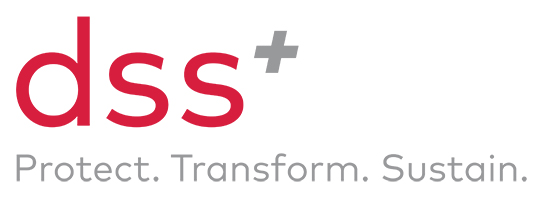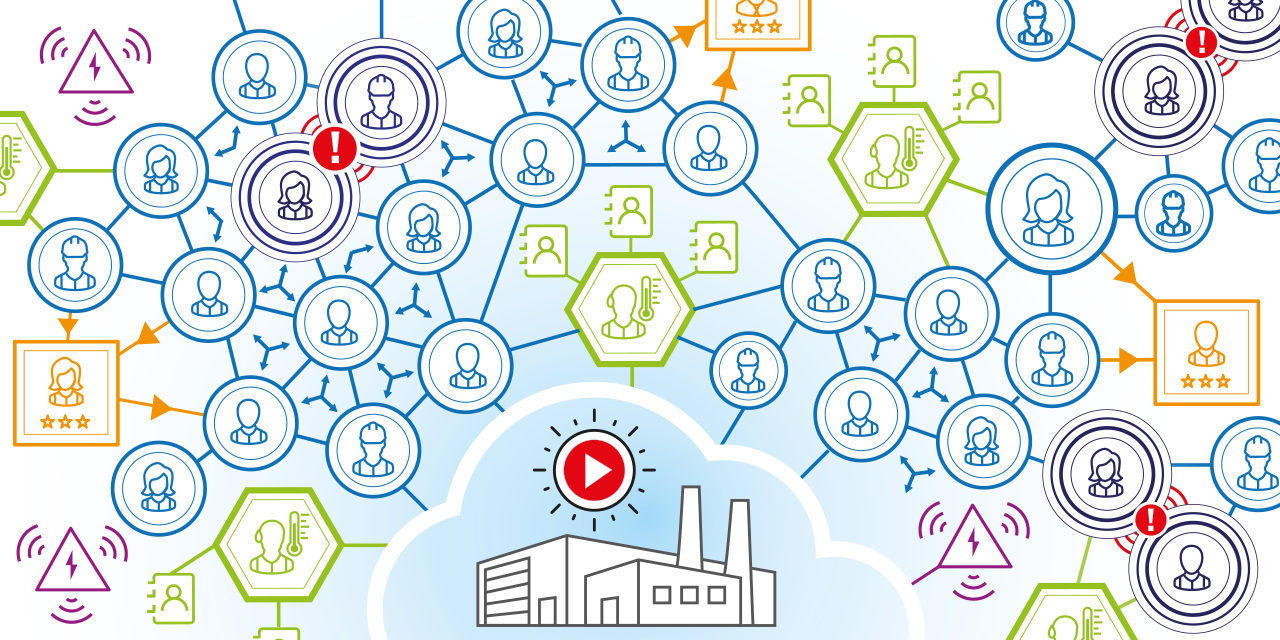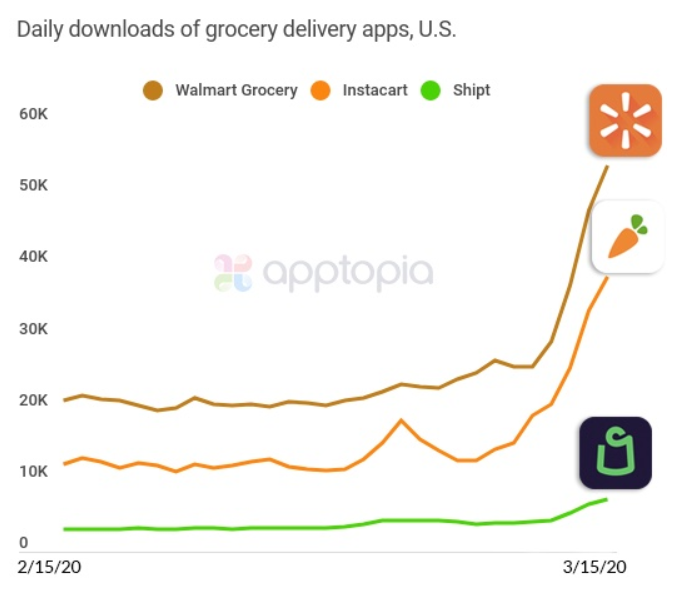
Workers with fatigue are estimated to cost employers in the United States $136.4 billion dollars per year in health-related Lost Productive Time. The primary factor behind this steep bill? Sleep.
Sleep is a key component of health and well-being, with a minimum of six hours recommended per night. This is not merely relevant on an individual level, but has implications for the workplace as employees who experience poor sleep can suffer from up to 23% reduced concentration, and see their productivity fall by up to 54%.
Other key findings include:
- Workers with sleep problems have been found to have a 1.6 times higher risk of being injured, and were linked to 13% of work injuries.
- Most accidents occur between 12 and 6am or between noon and 3pm, which are the two windows during which people are most likely to want to sleep. Being awake for 15 hours is the equivalent of having a blood alcohol level of 0.05%, causing twice the normal risk. That doubles to 0.1% after 24 hours.
What puts workers and industries at risk?
Any situation where workers work evenings, on rotation, or on-call get on average 2-4h less sleep than normal. Employees most at risk are those performing shift work in safety-critical industries like manufacturing, utilities, construction, and transportation.
In the transportation industry, for example, 87.2% of truck accidents have been found to be due to driver error. That is significant when compared to 10.1% of accidents being caused by vehicle malfunction and a mere 2.3% being attributable to environmental factors.
Furthermore, 7% of the time, falling asleep is reported as a critical reason for a crash. This is complemented by 41% reporting minor fatigue, inattention, or pressure from work as factors associated to the accident.
Managing the risks associated with fatigue
When considering the impairment caused by fatigue, physical and cognitive symptoms exist. When fatigued, workers may experience heavy eyes, start nodding off, or find their motor skills reduced and their balance affected. Their judgement risks being impaired, and their self-awareness will suffer too.
Traditionally, safety measures were primarily reactionary post incident. That learning curve fed the goal of preventing repeat occurrences.
However, this approach depends on self-assessment combined with random tests to check for intoxication (e.g., a breathalyser or blood test), the buddy system, and shift optimization. While these are proven methods to manage safety risks associated with fatigue, they all rely on human judgement.
In today’s day and age, technology offers improved opportunities for safer working environments.
Tech-enabled fatigue management solutions
To best manage fatigue, three windows of time are relevant: the four to six hours before work, before entering the worksite, and during work.
Wearable technologies can monitor heart rate, hours of sleep, motion, eyelid movement, and even brain activity among other things. Leveraging solutions that measure such variables throughout the three key windows of time provides the opportunity to get live feedback and react immediately, addressing impairment preventing incidents before they occur.
Examples of fatigue management solutions
While it is key to scout for the best technology that matches your specific requirements, here are three examples of fatigue management solutions available on the market today. Amidst the ever-evolving safety technology landscape, these qualify as “Smart Personal Protective Equipment (PPE)”:
- Monitoring sleep and leveraging biomathematical science helps to analyse sleep patterns, to derive insights about fatigue risks, and to determine how best to mitigate them. This is facilitated by wearable technology that measures heart rate, location, motion, and sleep data and combines it with descriptive and predictive analytics. (Solution by FatigueScience.)
- Detection and monitoring of drowsiness and wakefulness is based on tracking motion and eyelid movement through wearable technology. Predictive analytics can inform mitigation strategies from changing tasks to shift rotations, break times, and the timing of appropriate countermeasures to fatigue. (Solution by OptAlert.)
- Measuring brain activity while workers operate equipment assesses alertness and fatigue levels real-time, and can be done using wearable tech easy to integrate into helmets, caps, or a headband. Descriptive and predictive analytics allow real-time monitoring, one potential outcome being the elimination of microsleeps (a period of sleep that can last from one to a few seconds). (Solution by SmartCap.)
These are a mere selection of solutions available. Understanding your corporate culture and integrating other parameters into the equation will allow you to make an informed decision on the best solution and implementation roadmap for you.
Understanding the cause of incidents and whether fatigue is part of the related concerns is an essential first step before a potential fatigue management solution can be identified, tested, and implemented.
A fatigue management system may sound like a capital-intensive initiative, but by investing in your workers and a safer work environment, you will improve employee engagement, productivity, and retention, as well as boost your bottom line.
To find out more about how dss+ can support you in enabling a culture of safety, get in touch.






